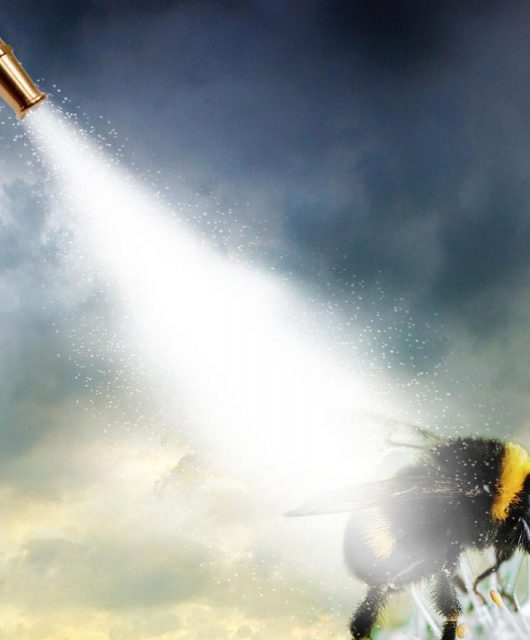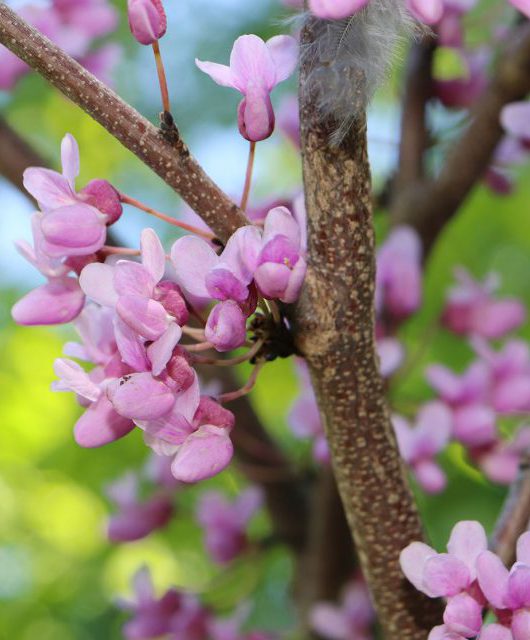A whopping 41 per cent of amphibians at risk across the planet; that’s nearly half of our slimy, hoppy friends facing an uncertain future! Among these vulnerable creatures are toads.
Canada is home to five toad species: the American Toad, Western Toad, Great Plains Toad, Fowler’s Toad and Canadian Toad. If you’ve ever mixed up toads and frogs, here’s the key difference: while both need water for breeding, toads spend most of their adult lives on dry land. That means you might spot one hopping around your backyard, even if the nearest lake is kilometres away. If you do spot one on your property, consider yourself lucky. Toads have a voracious appetite for pesky bugs. Free insect control? Sign me up! If you’re ready to roll out the red carpet for these beneficial amphibians, we’ve got your complete guide to toad hospitality!
Do Offer Water
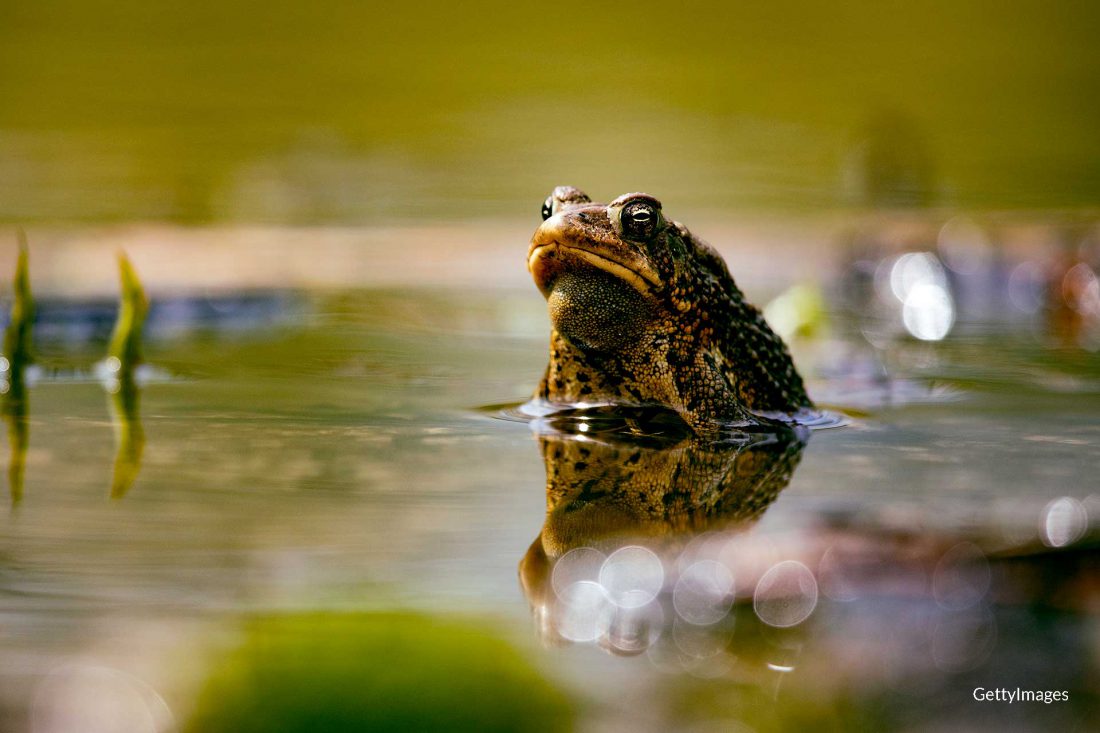
Like all amphibians, water is an absolute essential for toads. Not only do they need it for laying eggs, but toads soak up water through their skin to keep them hydrated. The special skin on their legs and bellies drink up the water (a bit like a sponge). If you’ve got a pond already, you’re ahead of the game. That’s prime real estate for egg-laying. But for those toads simply wishing to cool off or hydrate, a clay saucer tucked into a shady corner of your yard will do the trick. Just remember to keep the water dish clean – be sure to give the saucer a scrub if you spot any build up.
Do Give Them a Spot to Hide
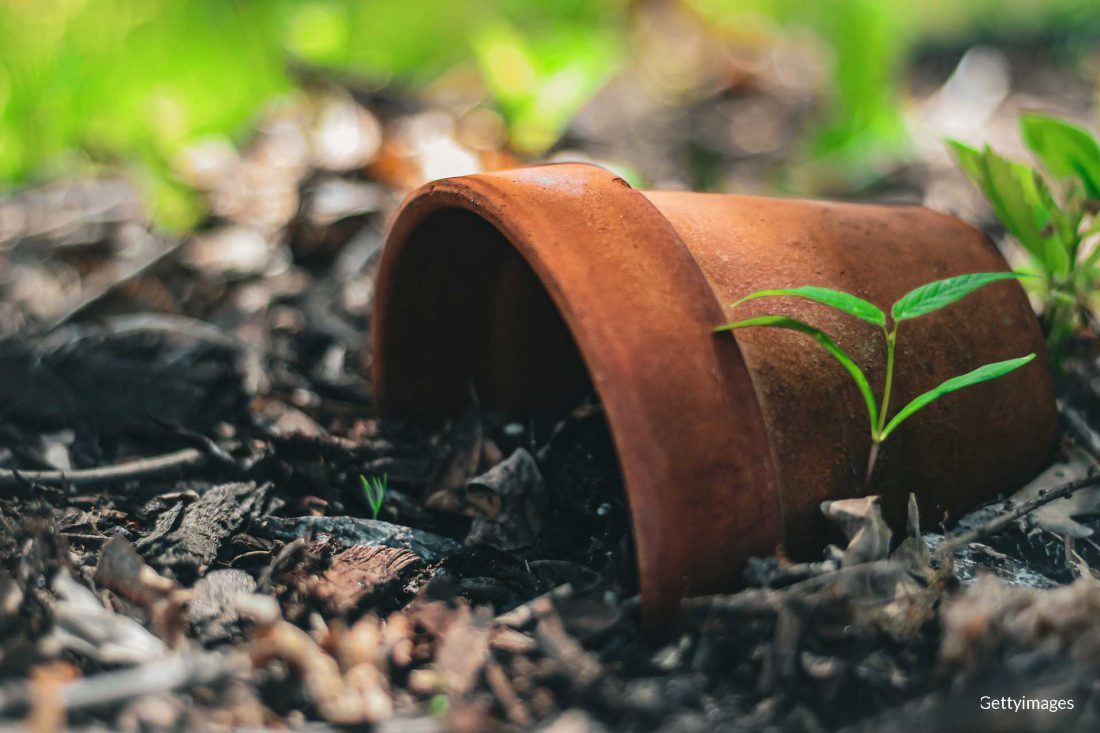
There are plenty of predators that think amphibians like toads make the perfect midday snack including snakes, hawks, crows, raccoons and skunks. The good news? You’ve got multiple options for creating the perfect toad hideaway, starting with plants. Adding native shrubs, groundcover and flowers to your garden will offer some natural camouflage for toads, making them harder to spot for predators. You can also create a brush pile in the corner of your yard to give them a spot to take cover. Pile up rocks, logs and branches of different sizes to create the ultimate toad retreat.
Lastly, you can make a dedicated toad home! You can DIY a toad home following these instructions, or simply overturn a flower pot and rest the lip on a rock. The real secret to success is picking the best location. You’ll want to choose a shady spot that naturally collects moisture – near a downspout is perfect.
Do Give Them Something to Snack On
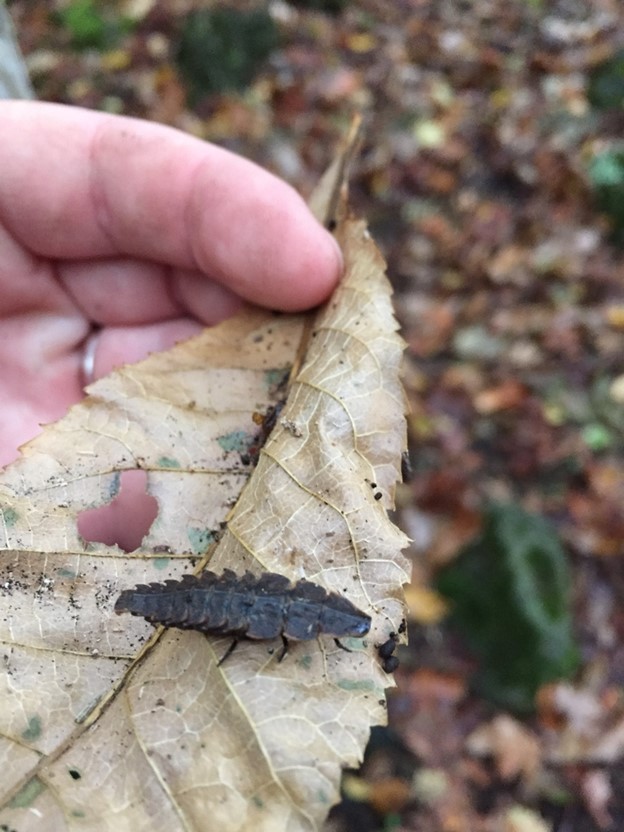
Toads will devour everything from ants to cutworms to beetles, and their appetites are pretty impressive. The American Toad, for example, can gobble up to 100 bugs over the course of one night! That’s like a human polishing off 400 hamburgers in a single day. Impressive, isn’t it? To give them all the prey they need to keep their bellies full, plant native plants and be sure to add night-blooming flowers to the mix. White Evening Primrose, Wild Bergamot and Buttonbush are pretty irresistible beacons for moths and other nocturnal insects. You could also add a shelter near your veggie garden!
Don’t Use Pesticides
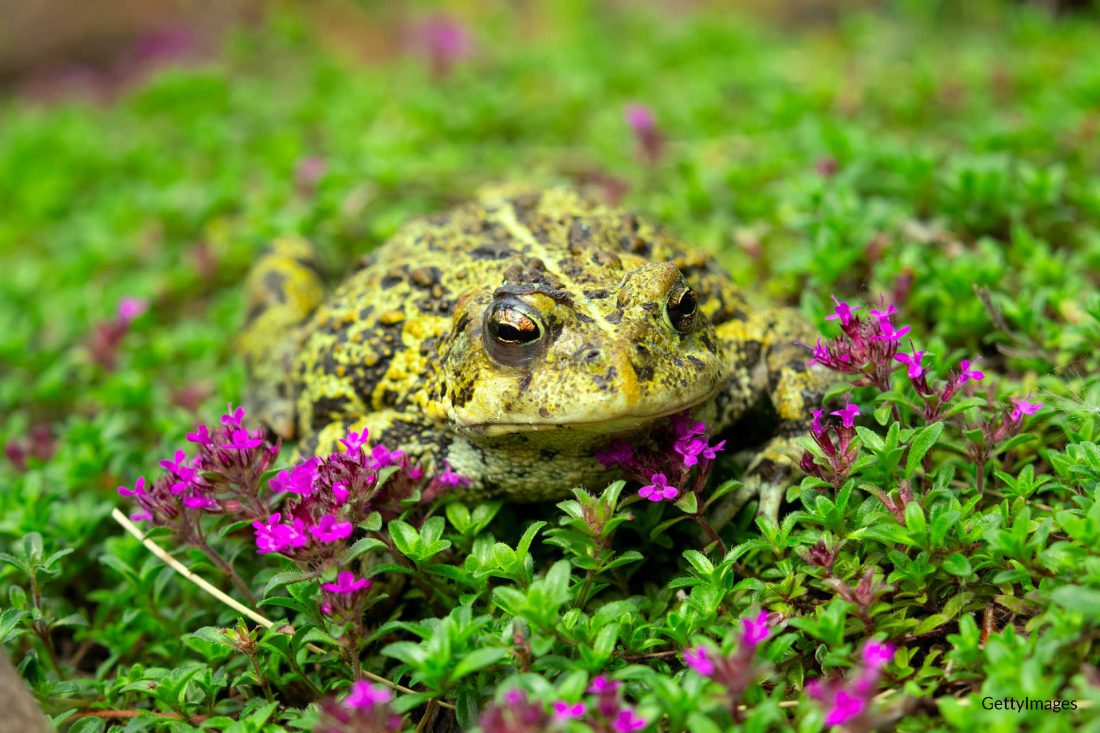
Remember how toads absorb water through their skin? Well, they’ll absorb pesticides the same way. These chemicals don’t just harm toads directly – they also eliminate the insects that toads depend on for survival. If you really want to help toads in your area, your backyard needs to be a pesticide-free sanctuary. You won’t miss those chemicals anyway – the toads will handle pest control naturally!
Do Give Them a Spot to Hibernate
Did you know that toads hibernate through the winter months? Using their powerful hind feet, they burrow deep into the soil (sometimes 50 centimetres or more – below the frost line). There, they’ll hunker down, slow their breathing and heart rates and just rest until spring returns.
If you want to build a winter abode for toads, start with rich garden soil mixed with compost. Then pop over to your local hardware store for a 10 cm (4 inch) plastic drainage pipe. You’ll need about a 35 cm (14 inch) section.
Next dig a trench for the pipe, angling it at 30 degrees if possible. One end should emerge about 5 cm (2 inches) above the ground – that’s your toad’s entrance. Fill the pipe halfway with loose sand, then top it up with leaves. Voila! You’ve just built a cozy home to keep your toad comfy through the winter.


